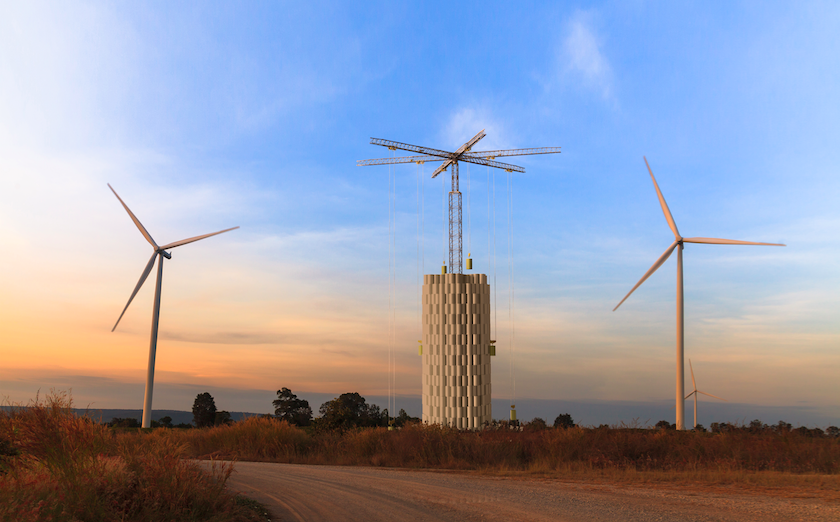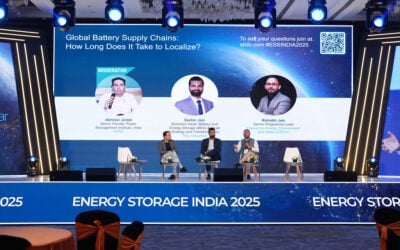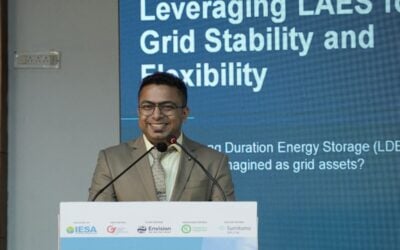
India is looking at gravity-based energy storage to take advantage of the technology’s short response times and flexibility when it comes to grid integration of clean energy sources.
With the South Asian nation’s increasing penetration of renewable energy onto the grid, the Ministry of New and Renewable Energy has been compelled to look at energy storage proposals via a research programme. The programme covers a spectrum of technologies, in the knowledge that different storage products will be more suitable to different applications and that the demands on any single storage system can vary across locations.
In a notice describing gravity-based storage, MNRE stated: “In such systems, electricity is used to lift mass to higher elevation thereby storing potential energy and lowering this mass discharges the energy which can again be converted to electricity. Globally, a number of entities are working in this segment.”
Energy-Storage.news is as aware of at least two companies who are providing such storage systems. Swiss company Energy Vault has made its gravity-based technology (pictured above) commercially available and Indian energy giant Tata Power expected to be the first customer. Meanwhile, a UK-based company, known as Gravitricity, also offers such technology, which it describes on its website as a huge “clock weight” with a cylindrical weight of up to 3,000 tonnes suspended in a deep shaft by a number of cables.
Try Premium for just $1
- Full premium access for the first month at only $1
- Converts to an annual rate after 30 days unless cancelled
- Cancel anytime during the trial period
Premium Benefits
- Expert industry analysis and interviews
- Digital access to PV Tech Power journal
- Exclusive event discounts
Or get the full Premium subscription right away
Or continue reading this article for free
MNRE has now invited preliminary project proposals on ‘Gravity Storage’, that will be examined by a committee before shortlisted proposals are then invited to submit a final proposal.
The stated aim of the invitation is “to develop state of the art technical know-how and develop a prototype system that has commercialisation potential in the short term.”
Proposals should be sent to MNRE by the end of this month.
A technical analysis of how India’s plans for 175GW renewable power by 2022 will get integrated to the Indian power grid, can be found in this report from the Central Electricity Authority (CEA).





